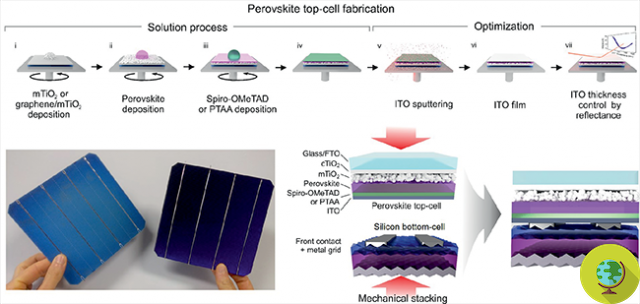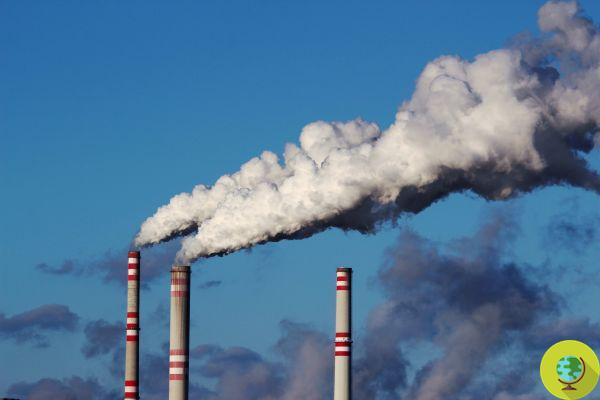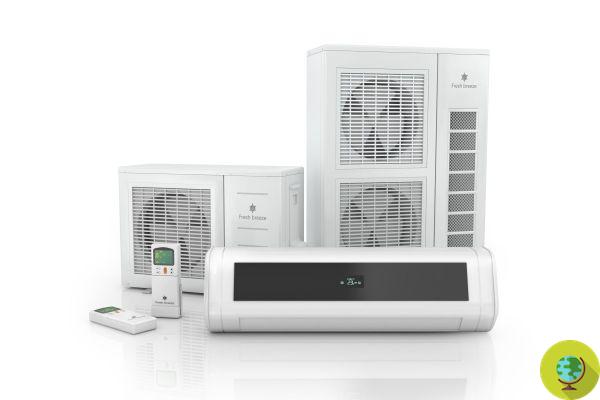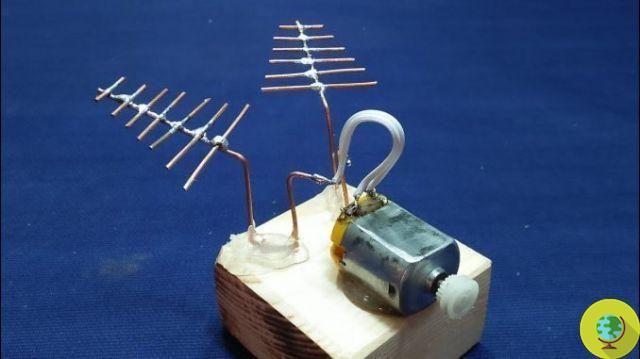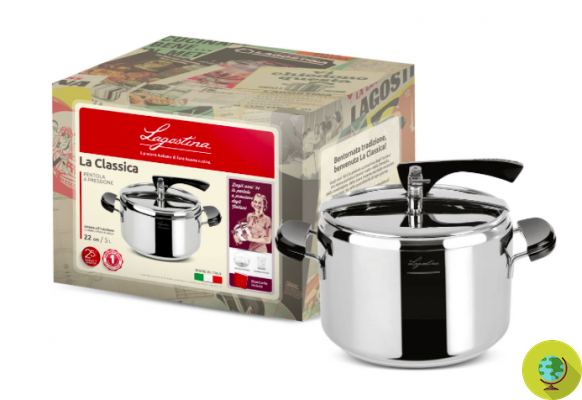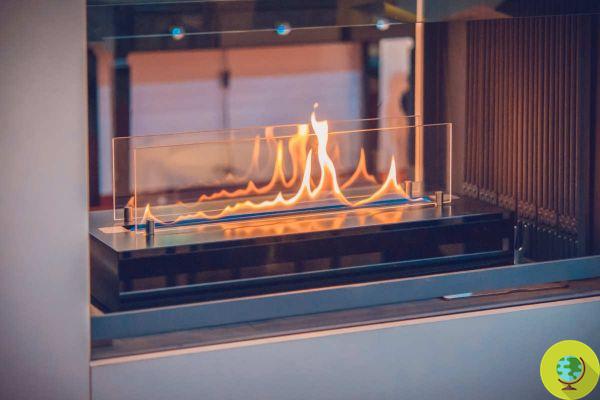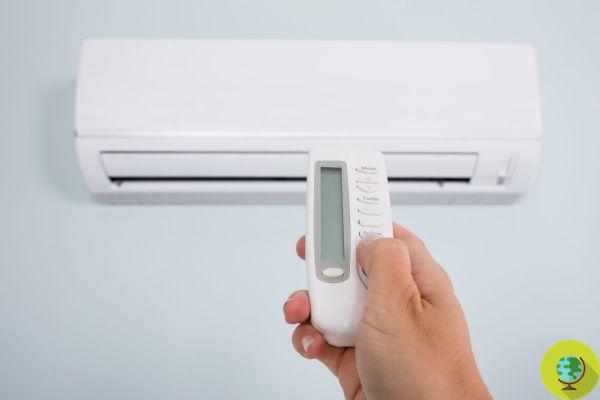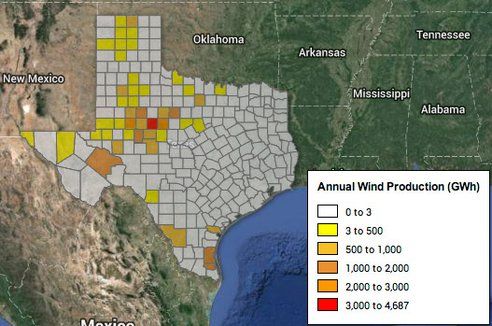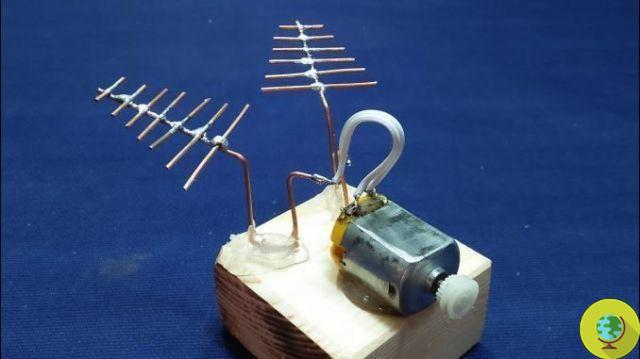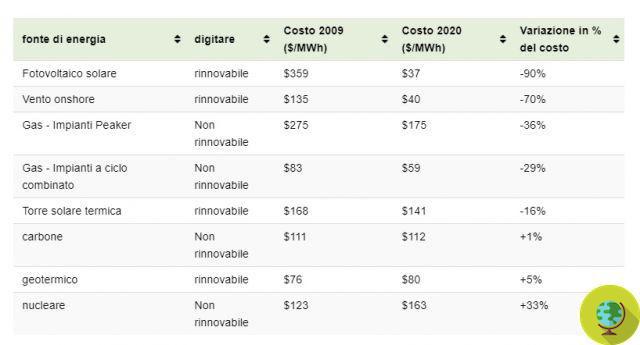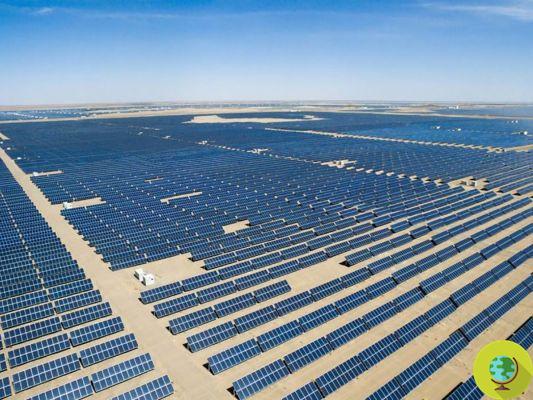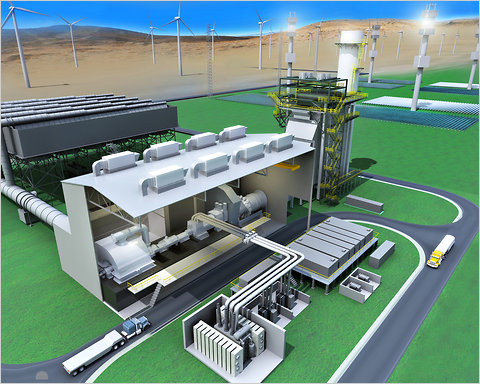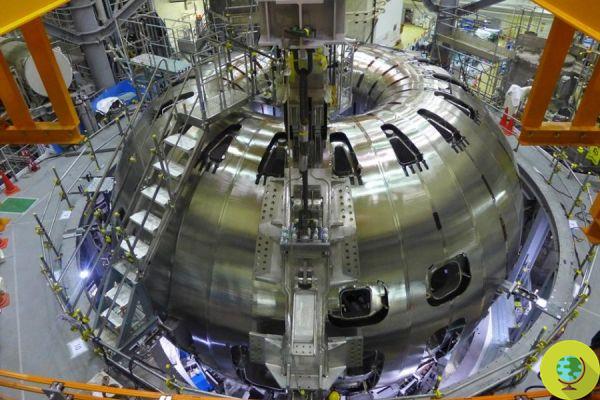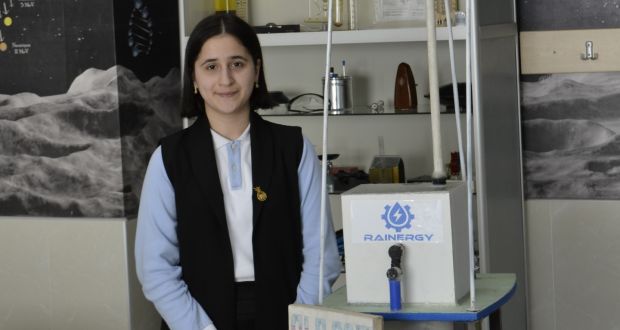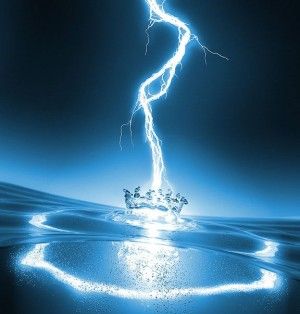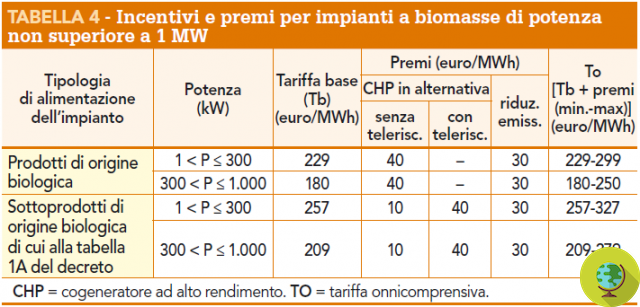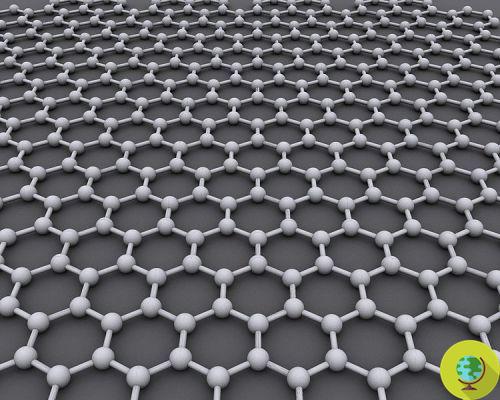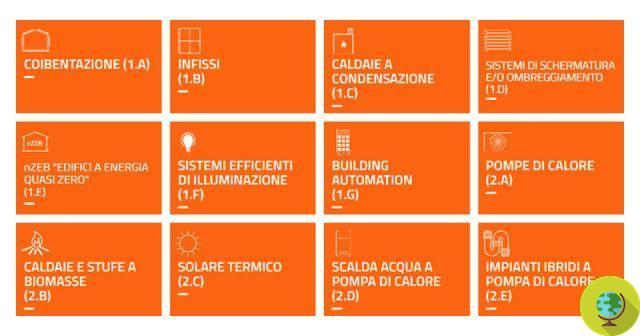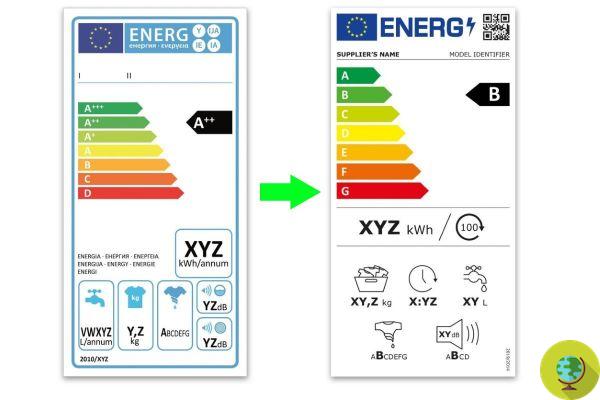
The new energy labels for household appliances are now in force since 1 March. But how can they be read?
He is about to end up run over, his mother saves himThe new energy labels for household appliances are now in force since 1 March. Designed to ensure greater clarity and uniformity in the energy efficiency scales, they should communicate to us consumers more easily how much a product is "friend" of the environment in terms of performance.
A few months ago, many of us will have already noticed, the labels on household appliances have changed slightly. The new European energy labels have come into force, with which easy-to-recognize consumption classes will be introduced on all the main household appliances on sale.
In this way, it is easier to choose the most efficient appliance. In addition, they will also present the QR code. Just frame it with your smartphone to access the web page of the European EPREL database, to know every aspect of the appliance and check the data on the label, including those on energy consumption and technical characteristics.
The introduction of new energy labels was dictated by an ever-increasing diffusion of products with excellent performance from the point of view of energy consumption, so as to "overcome" the pre-existing energy efficiency scale and requiring the use of "extended" classes such as for example “A +++ -40%”.
For this reason, the EU has decided to review the old classification making it more suitable for products but above all easier to understand. The new energy labels concern household refrigerators and freezers, washing machines and washer-dryers, dishwashers, TVs and displays, light sources (the latter starting from 1 September 2021). For all other categories such as air conditioners, dryers, vacuum cleaners, the introduction of the new label is expected from 2022.
Index
How to read the new labels
The new energy label returns to the classification from A to G thus eliminating the "+" for a more immediate reading. This has resulted in a real remapping of the classes which apparently can appear as a downgrading of the product. For example, an appliance that was classified as A +++ in the old label could be in class C in the new version.
This does not mean that it has suddenly become less efficient: consumption and its efficiency are identical. Only the classification changes, which becomes more severe in favor of greater clarity and comparability between products.
So how can we understand if what we have in front of us is a new label? Simple, just see if the top right the QR Code is present which is the main novelty, from a graphic point of view. In this transition phase it will not be difficult to find two labels, the old and the new. Let's see in detail what the new energy label looks like and what are the data and specifications indicated that can help us in the purchase of a new appliance.
Another new element is the introduction of the sound emission class (from A to D), which is added to the sound emission level expressed in dB, where A indicates a value less than 30 dB and D greater than or equal to 42. dB.
First of all, we must know that the labels are not all the same but each appliance has its own so all refrigerators, for example, will have a common classification, which will indicate specific characteristics, different from those of washing machines, and made clearer by specific symbols.
What is indicated on the new energy label for refrigerators and freezers
1. QR Code
2. Energy efficiency class (AG)
3. Energy consumption in kWh / year (new standards)
4. Total volume of the freezer compartments
5. Total volume of refrigerator compartments
6. Noise emissions and noise emission classes
Domestic refrigeration appliances are now classified with a scale ranging from class D to A +++. This criterion takes into account the energy consumption, the total volume of the compartments and other factors. The new energy label, on the other hand, provides for refrigerators and freezers a scale from class G (the least efficient) to A (the most efficient), with information on energy consumption expressed in kWh / year measured according to the new European standards.
It will also be possible to know the data on the noise emissions dB (A) re 1pW and on the noise emission class (AD), to understand the real noise of the appliance in a more transparent and clear way. The information on the type of refrigerator and the operating principle remain unchanged.
What is indicated on the new energy label for washing machines
1. QR Code
2. Energy efficiency class (AG)
3. Energy consumption in kWh for 100 washing cycles (new standards)
4. Maximum load capacity
5. Eco mode 40-60 duration at full load
6. Water consumption in liters per wash cycle
7. Noise emissions and noise emission classes
8. Efficiency class of the centrifugal function
In this case, the novelties concern the elimination of the old classes, from A +++ to D passing from G (the least efficient) to A (the most efficient). Consumption is detected with new measurement criteria, by analyzing the energy expenditure in kWh for every 100 washing cycles.
Correspondence between the letters of the old and new labels
Unfortunately it is not possible to establish a priori and in a systematic way which letter of the old label corresponds to the new one. In fact, the standards for evaluating the efficiency and energy savings guaranteed by household appliances have also changed. The only point in common concerns the letters / combinations, which both in the past and today are always 7:
- Before: from A +++ to D.
- Today: from A to G
Sources of reference: Europe, European Commission
READ also:
- Vacuum Cleaner: Energy labels are officially misleading and should be removed from shops and sites




